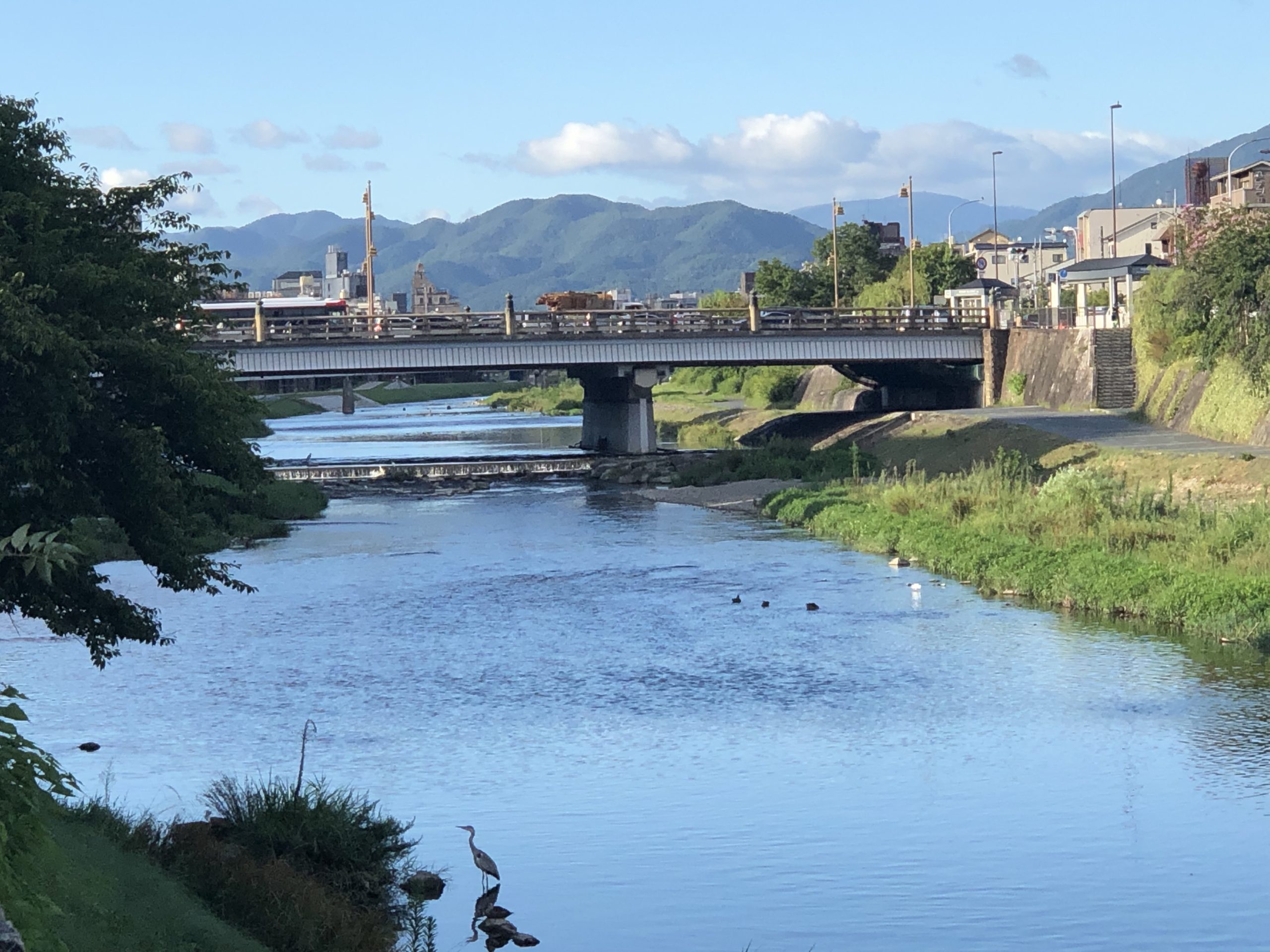A few random facts about Kyoto:
- Kyoto is a big city with 1.5 million people (9th largest in Japan).
- The name means “capital city”, as it was the imperial heart of the country from the 8th until the 19th century, and Japan’s largest city until about 1600.
- The city was spared any serious bombing during the Second World War – the story goes that the US Secretary of War had honeymooned in the city and insisted on saving the centre of Japan’s culture from destruction. Thus, Kyoto is one of the few major Japanese cities with an abundance of prewar buildings.
- While tourism is huge, Kyoto is also an important hub for information technology & electronics. A few of the big-names headquartered here include Nintendo, Kyocera, and Nidec Corporation.
The very scenic Kamo River (“Wild Duck River”) runs through eastern Kyoto, passing numerous key sights and famous areas, and we found ourselves crossing the river on a daily basis during our stay. Many restaurants and bars have open balconies with sweeping views of the river. And, at night, a younger crowd lines the riverbank and passes the time with convenience store beer and live music. If you find yourself with nothing to do, just take a walk along the Kamo. Strangely enough, the Kamo River is the birthplace of “Kabuki”, Japan’s dance-drama tradition. Around 1600, when the river was dry, a group of female dancers would perform shows on the riverbed. Over time, this morphed into kabuki theatre.
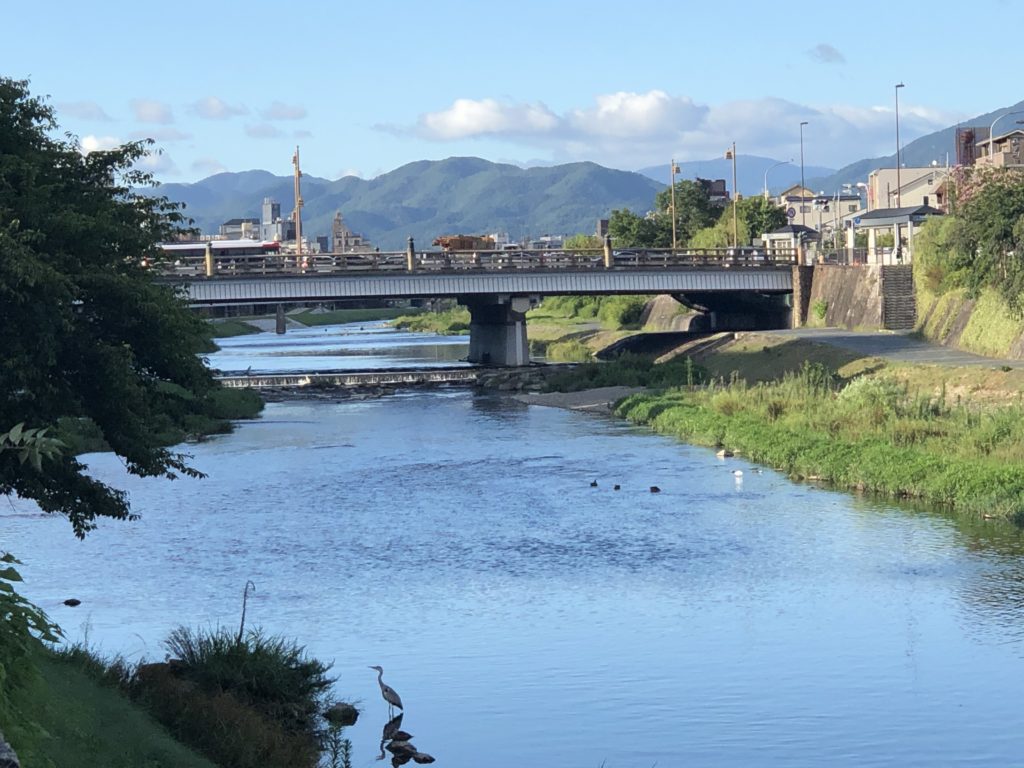
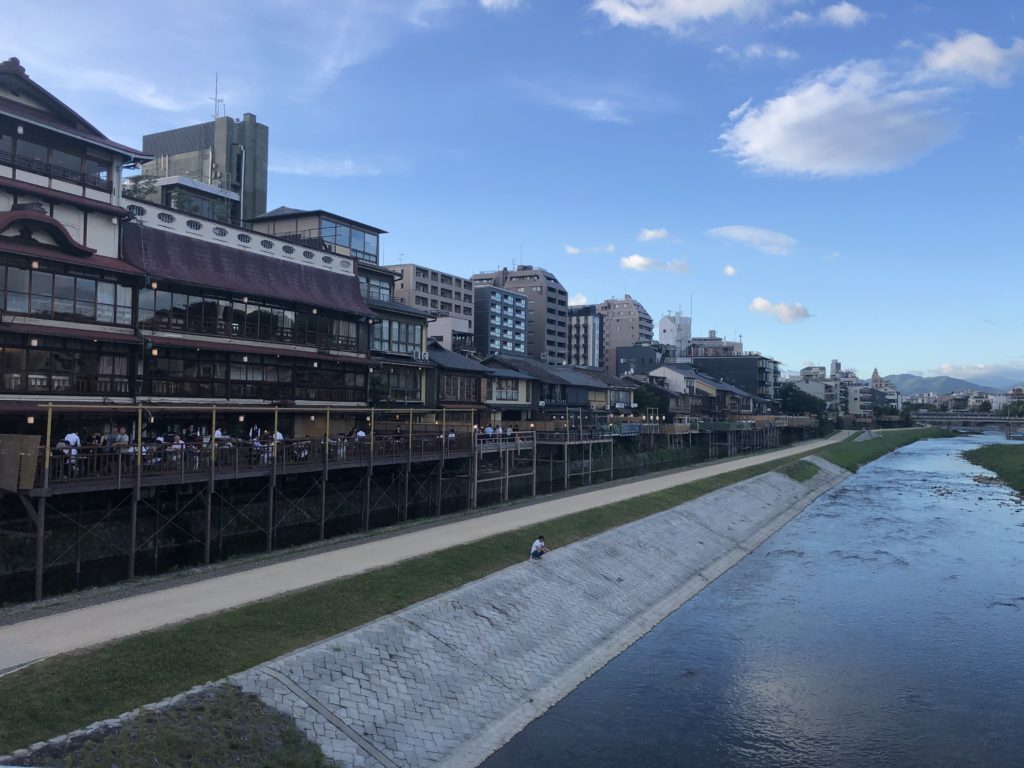
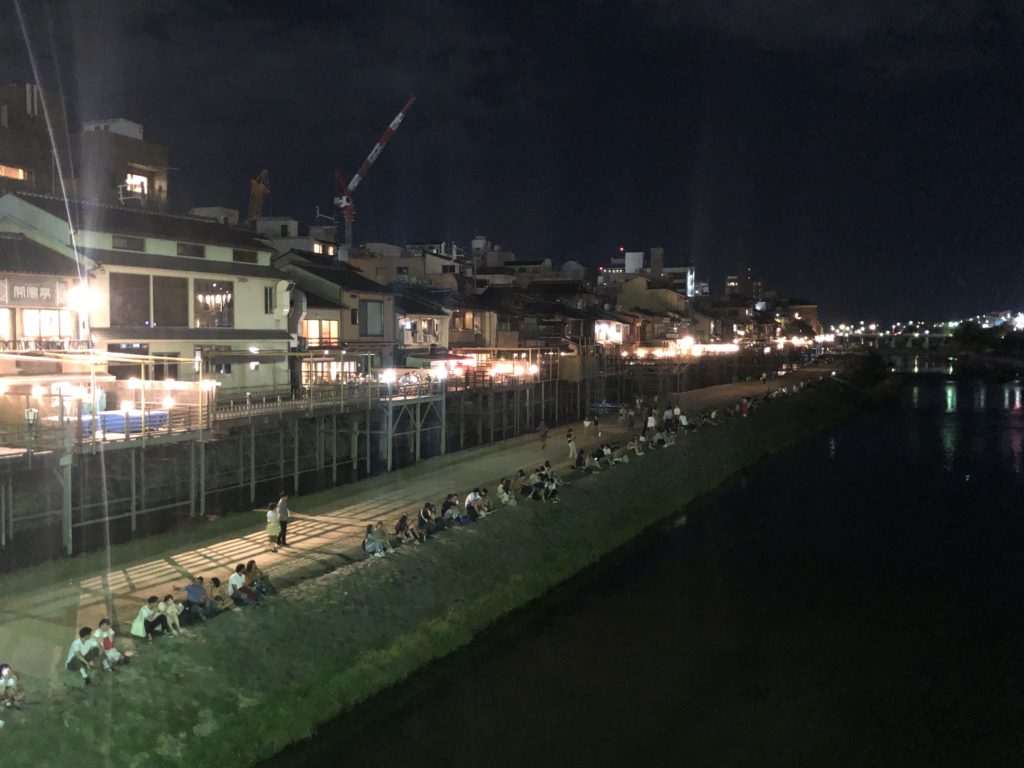
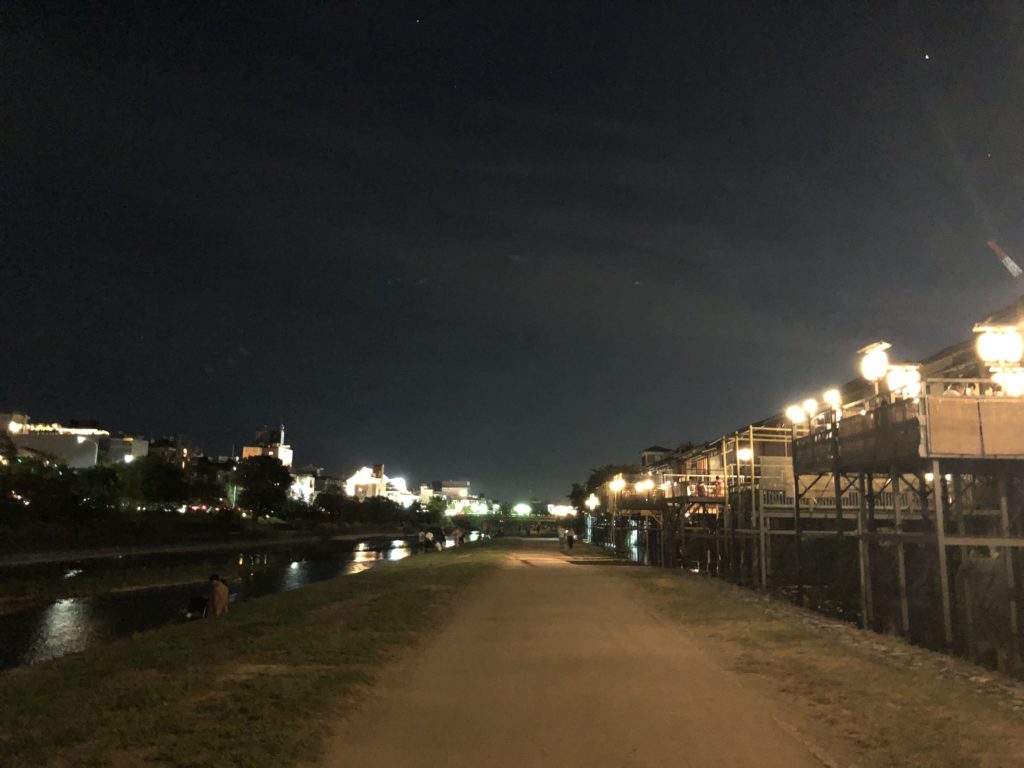
We found a very cool little street called Pontocho Alley that runs parallel to the river, behind the row of restaurants and bars that have balconies overlooking the river. It is on the western side of the river, between Kyoto-Kawaramachi and Sanjo subway stations. The alley has a very old and intimate feel about it, especially in the evenings – a throwback to a different era. Take a walk here and you’ll find plenty of attractive places to grab dinner or drinks.
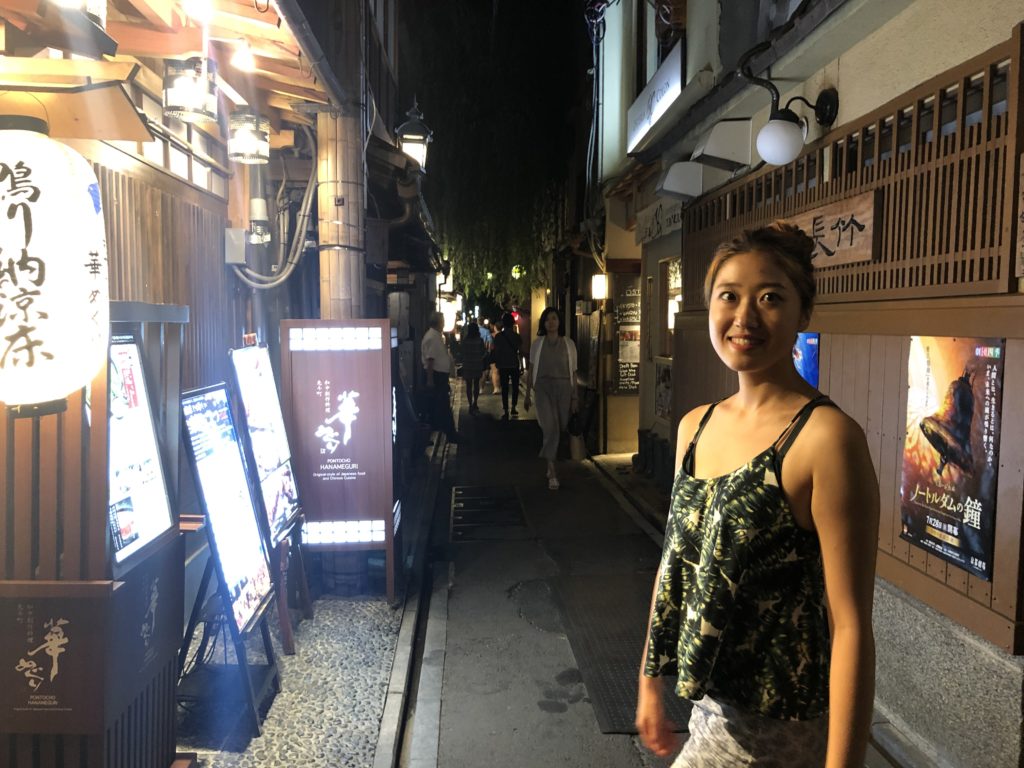
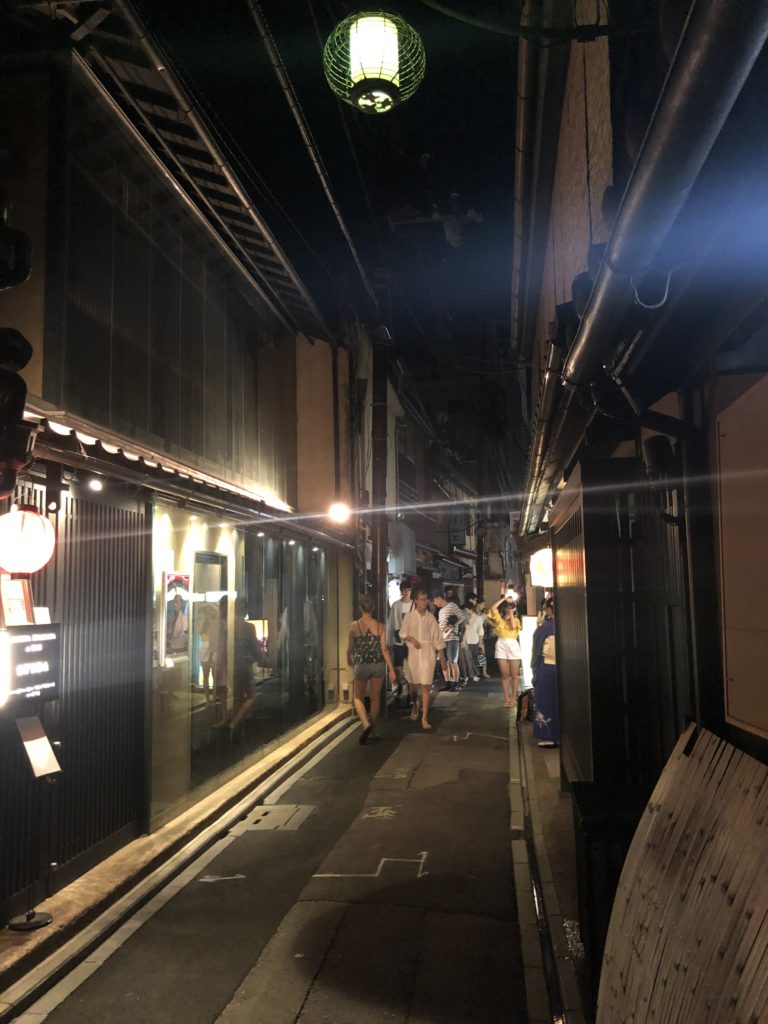
Nearby Nishiki Market is popular, as is the Shijo-dori shopping street.
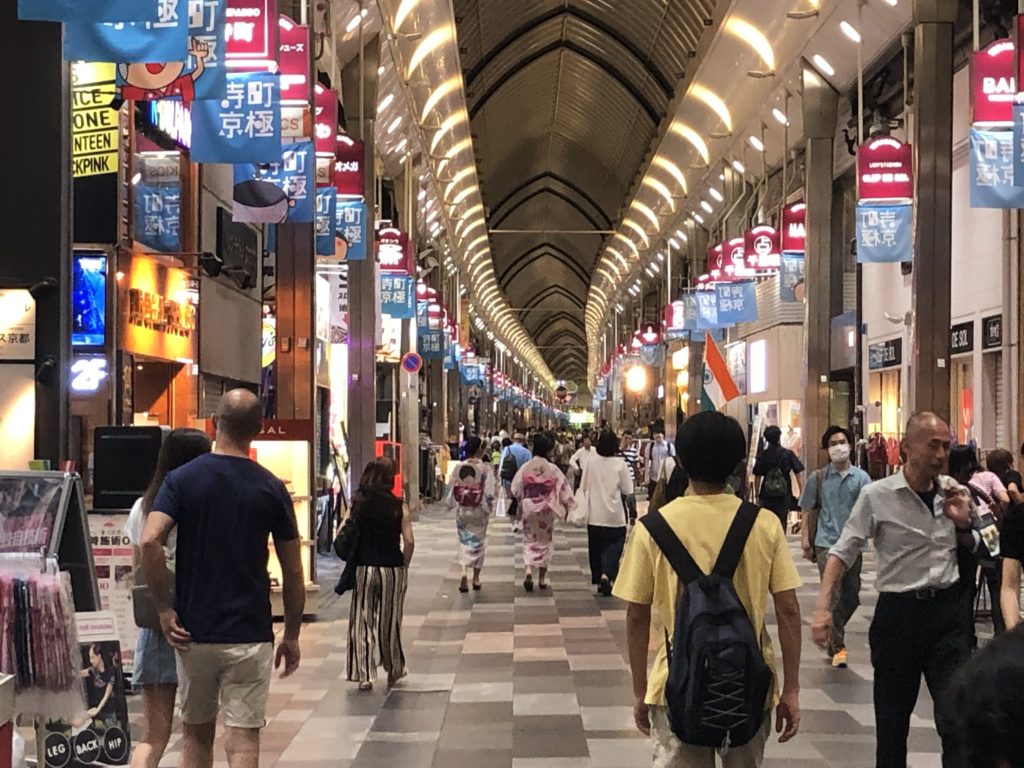

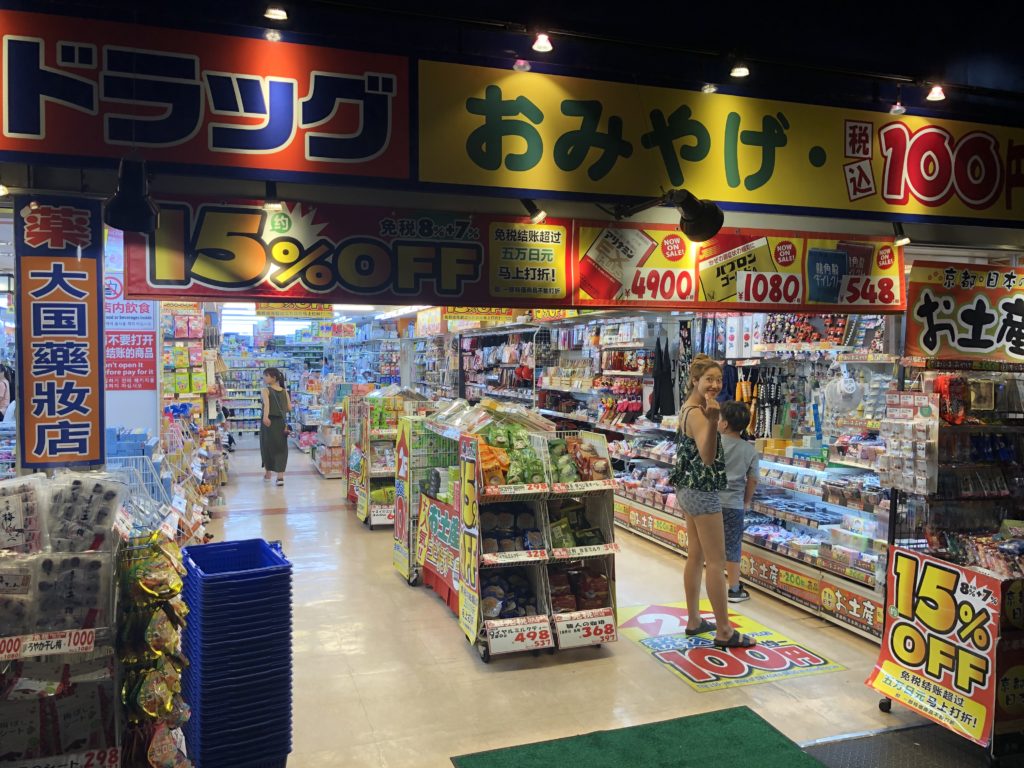
We also wandered around the Yasaka Shrine one evening. It is a Shinto shrine in Gion that dates back to the 600’s. Around 870, an epidemic struck the city of Kyoto, and the core divine parts of this temple were paraded around the streets in a purification ritual to ward off the disease. Over time, this turned into the giant Gion Matsuri annual purification festival, centred on the Yasaka Shrine.
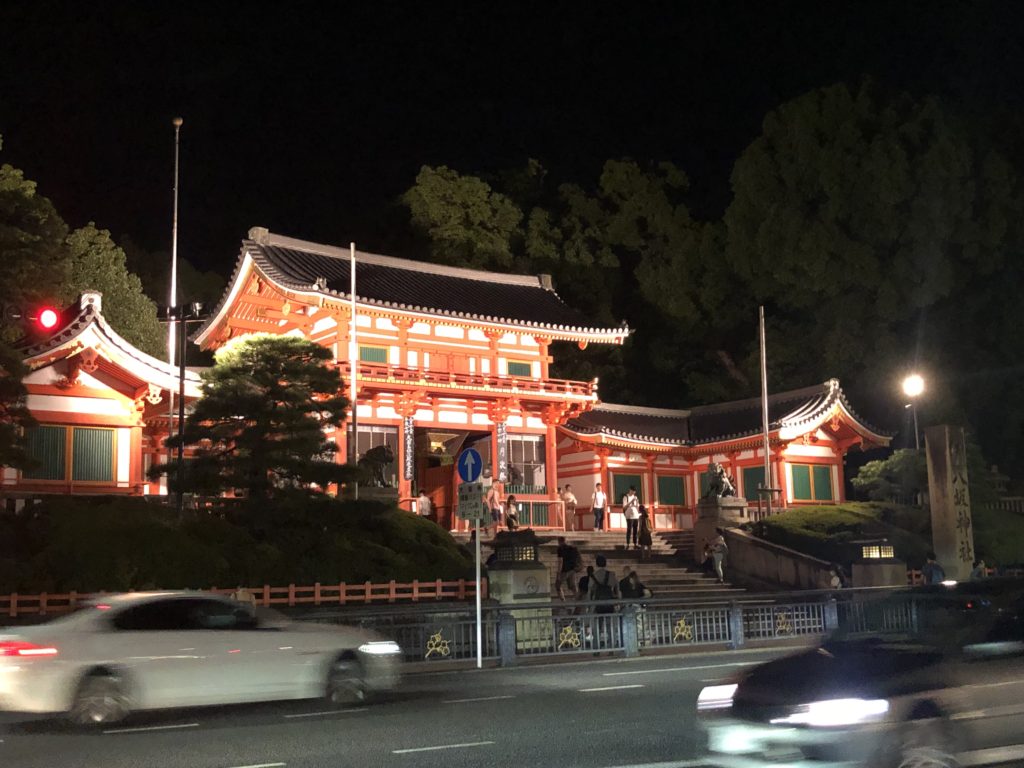
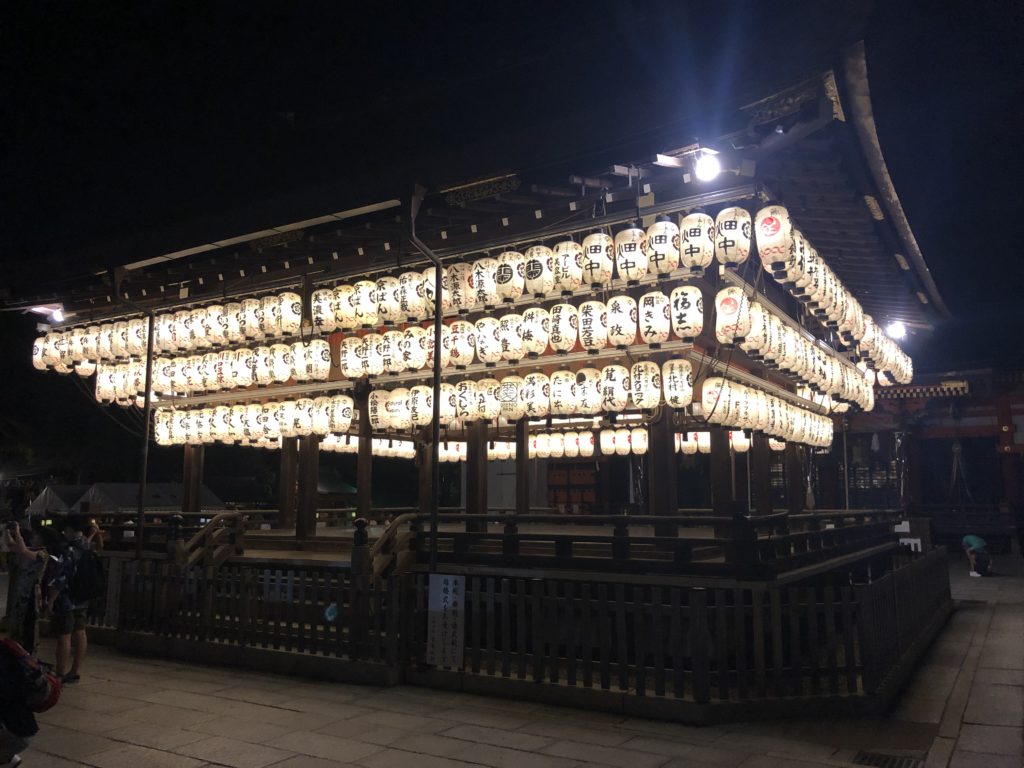
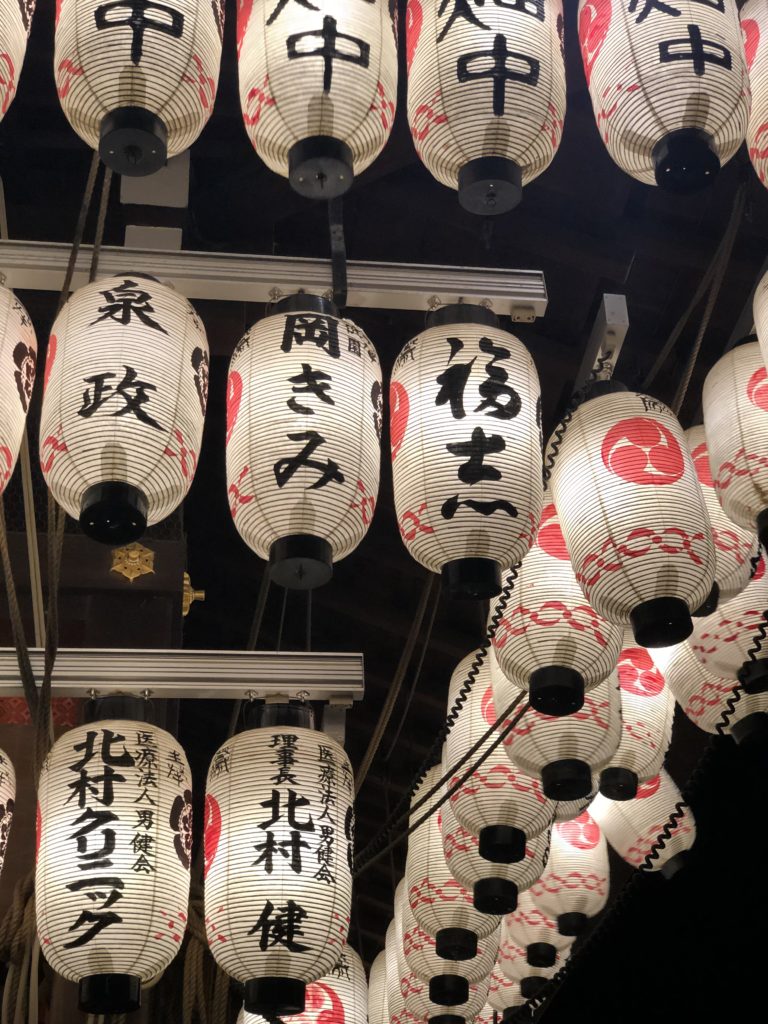
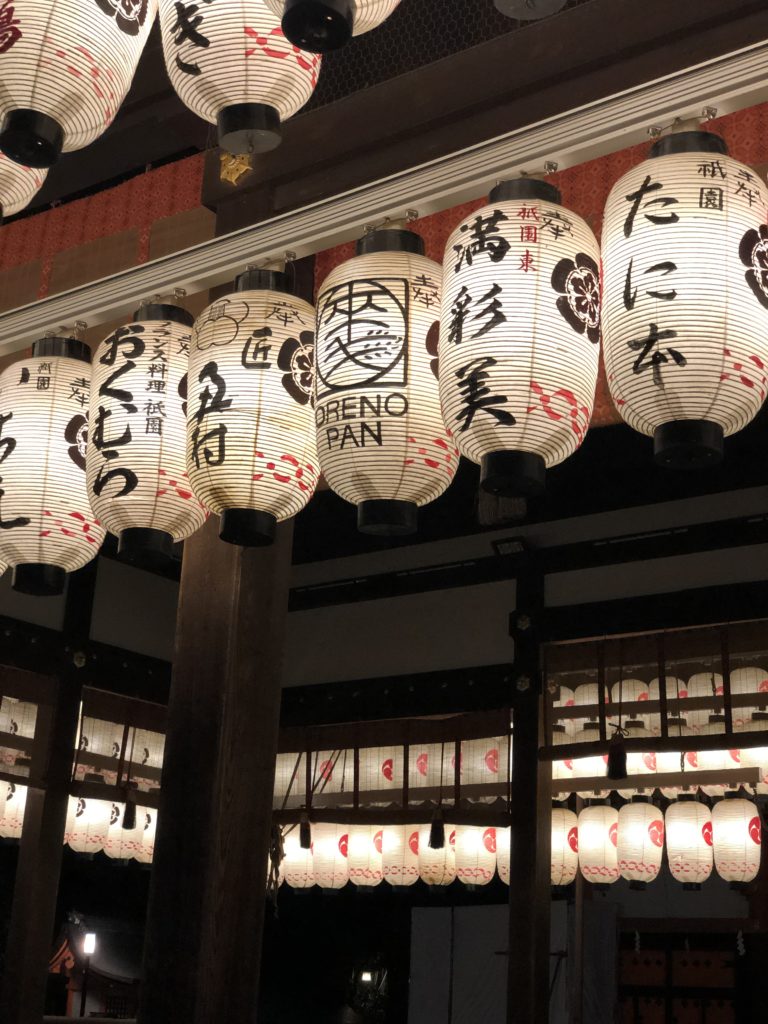
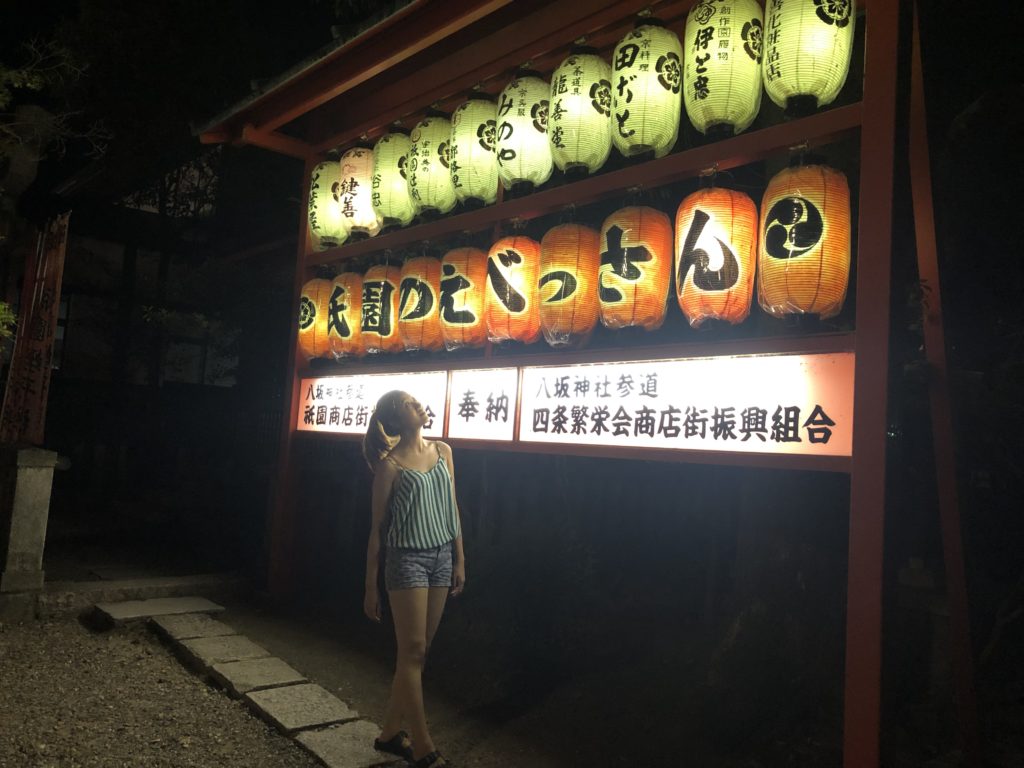
Kyoto is strong on food options – here are a handful of the meals and snacks we had during our stay:
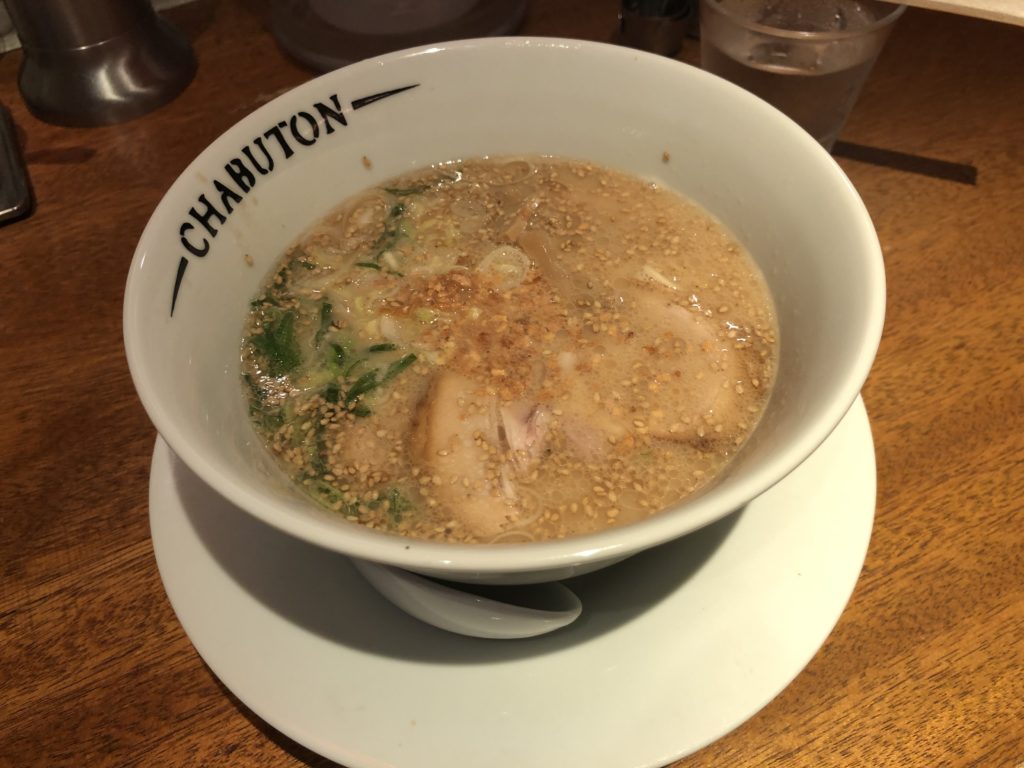

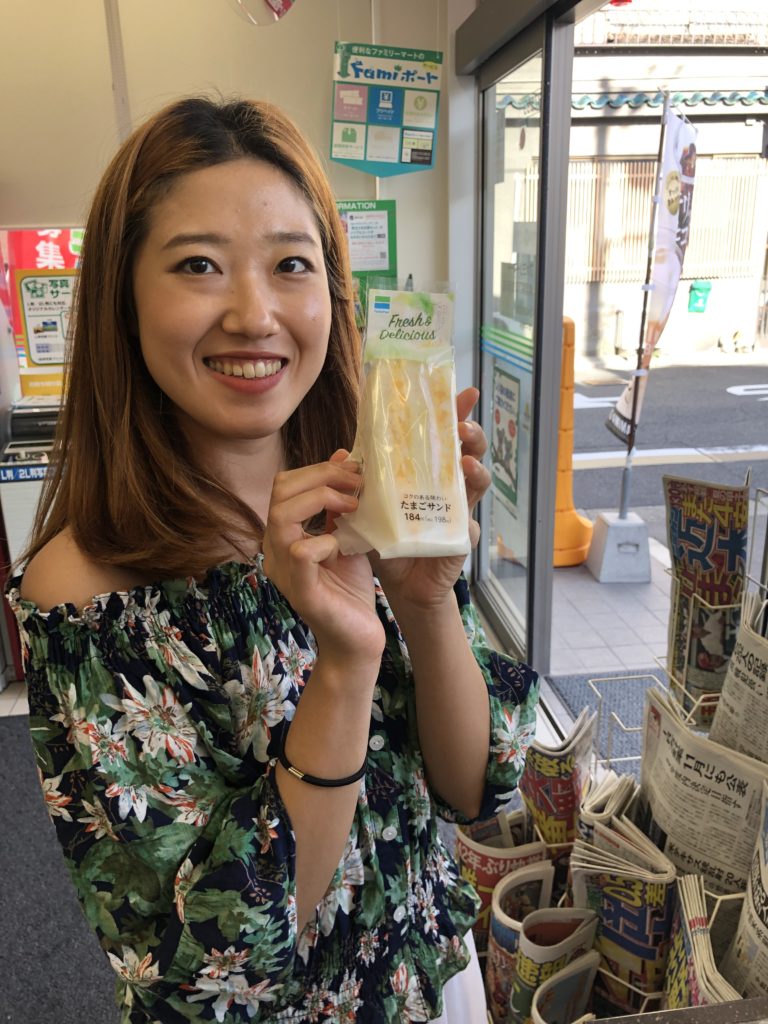
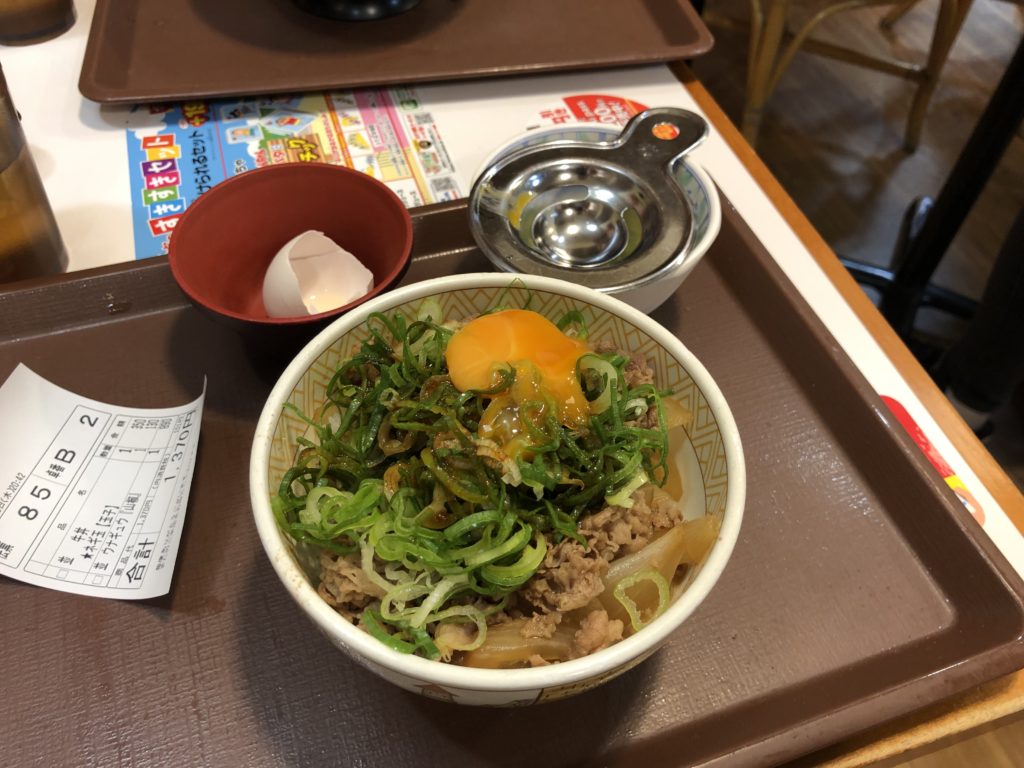
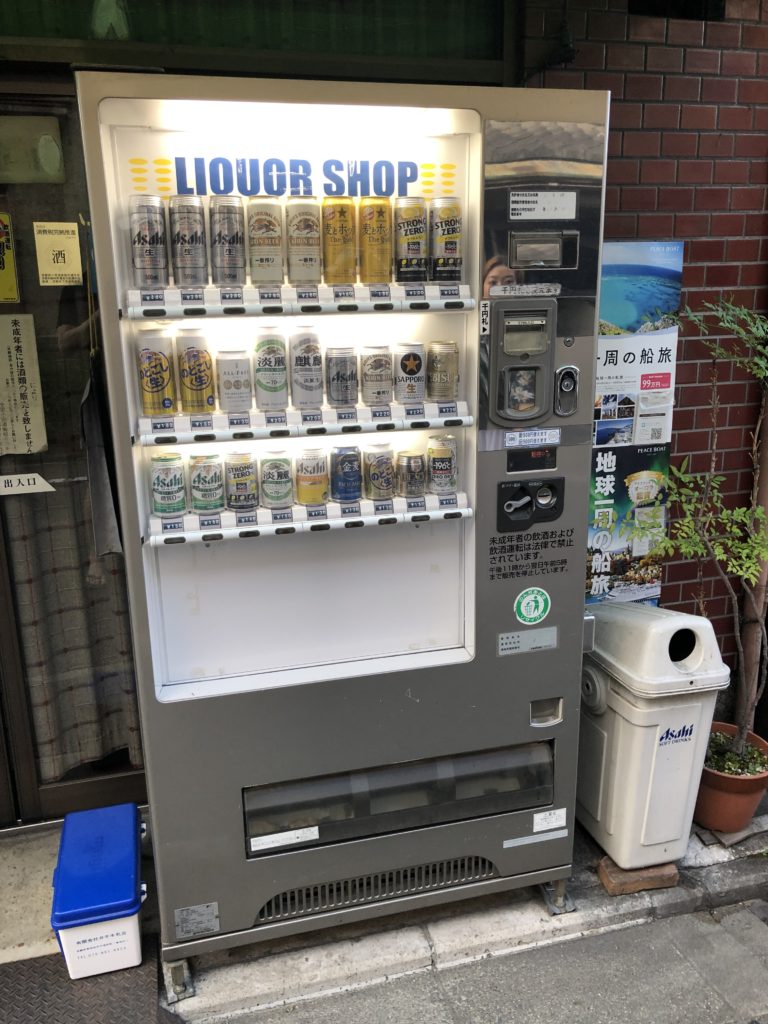
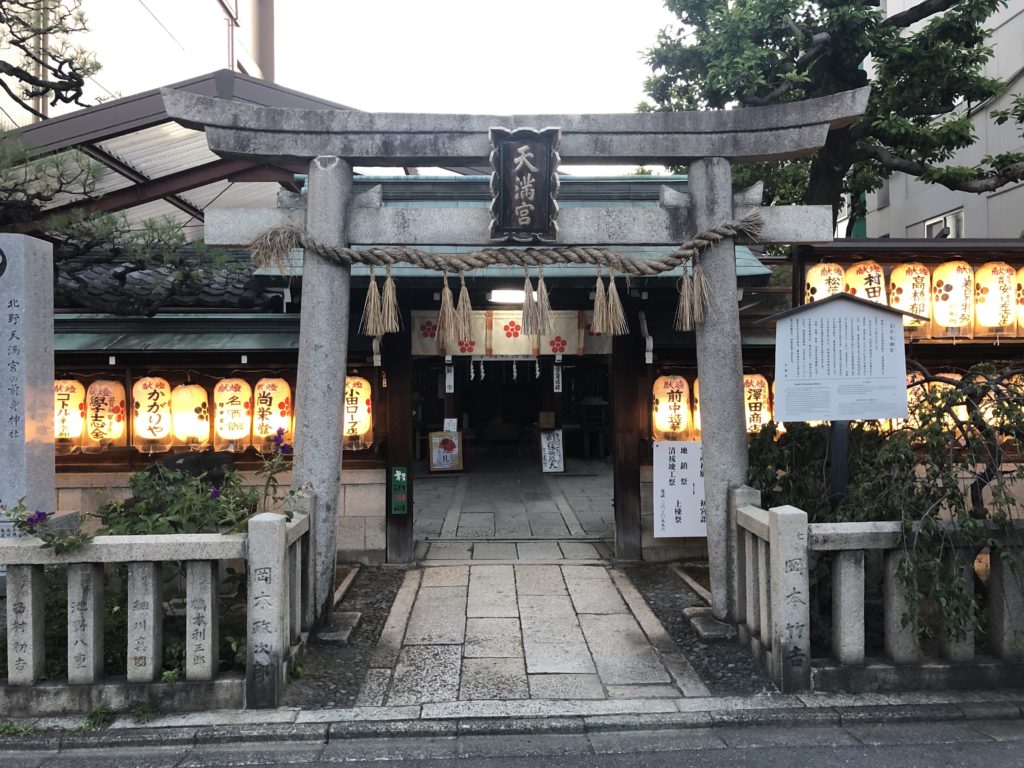
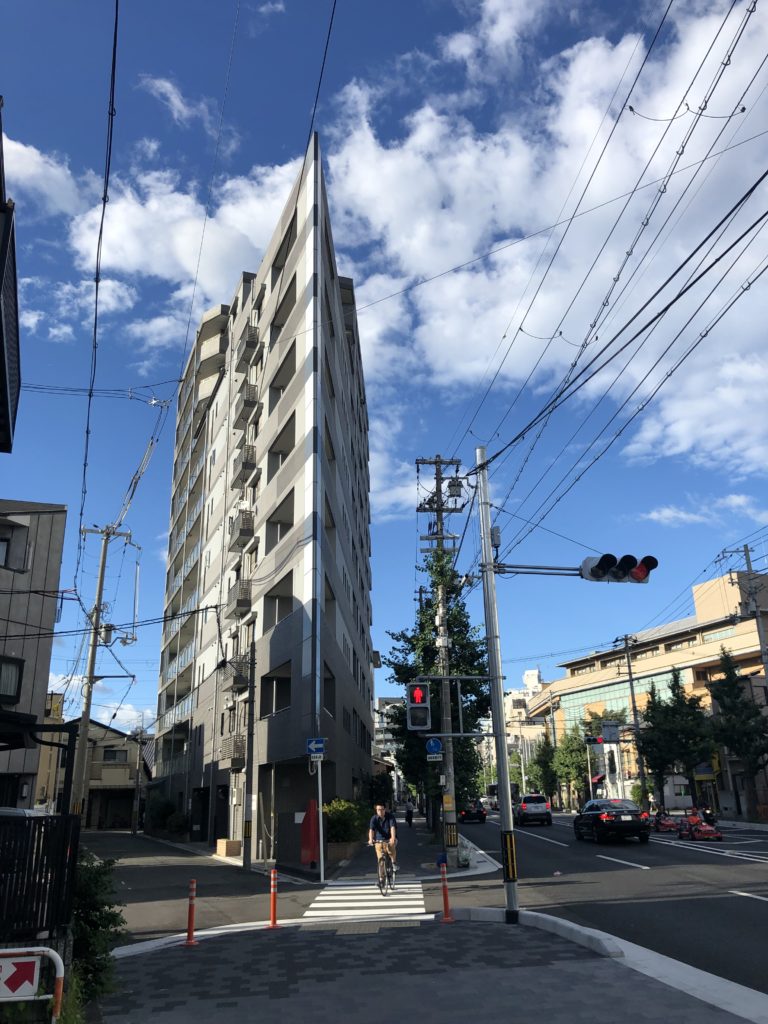
Kyoto has a number of amazing gardens to visit. The Shosei-en Garden is one example and a beautiful place to wander around for an hour or so.
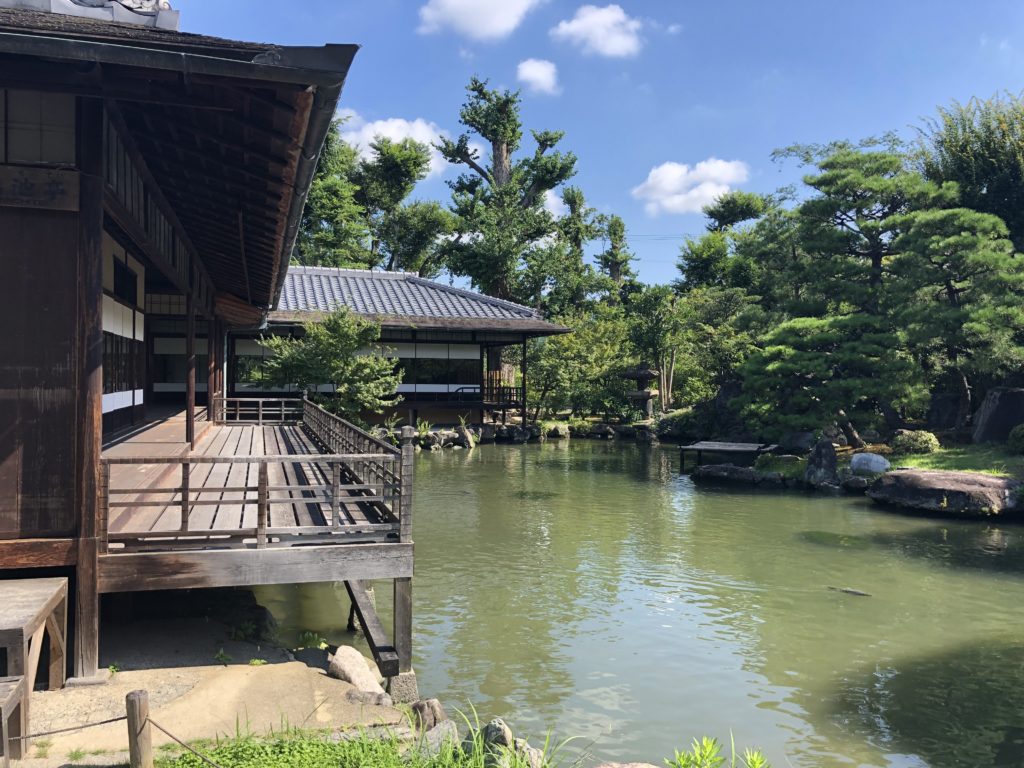
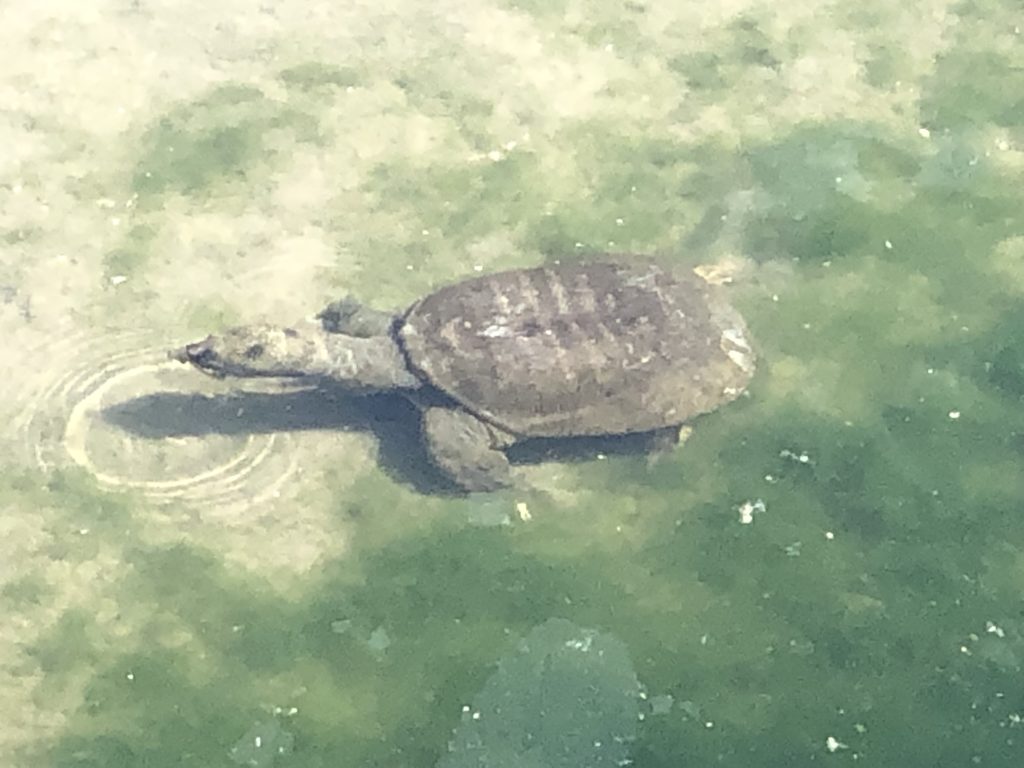
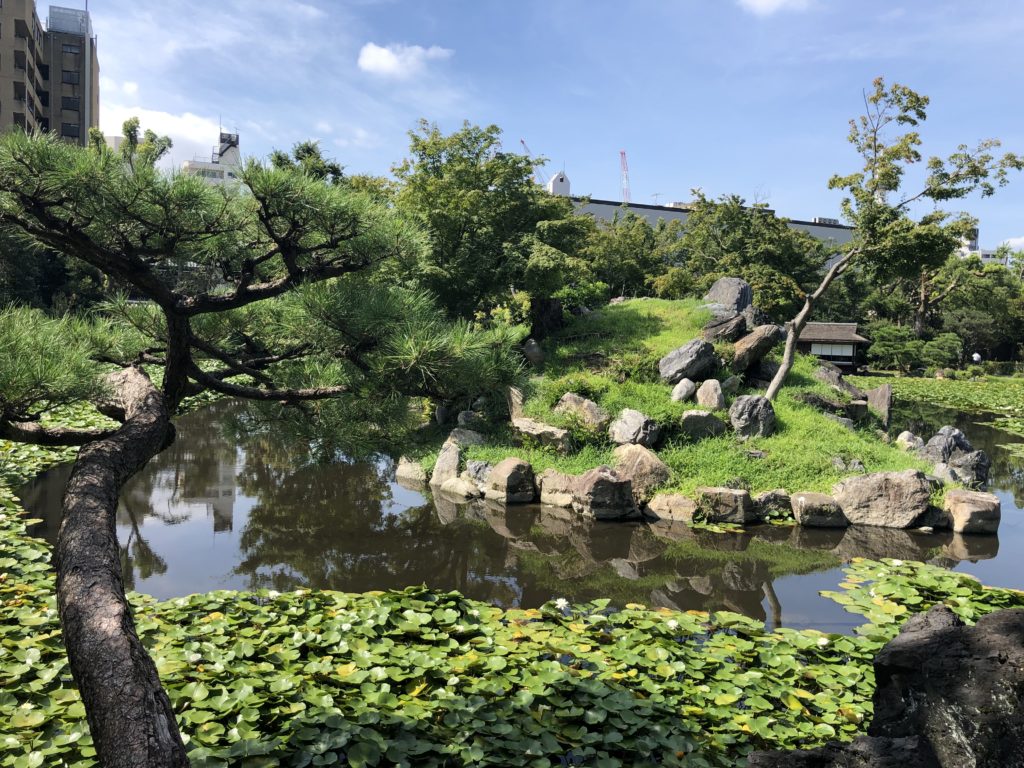
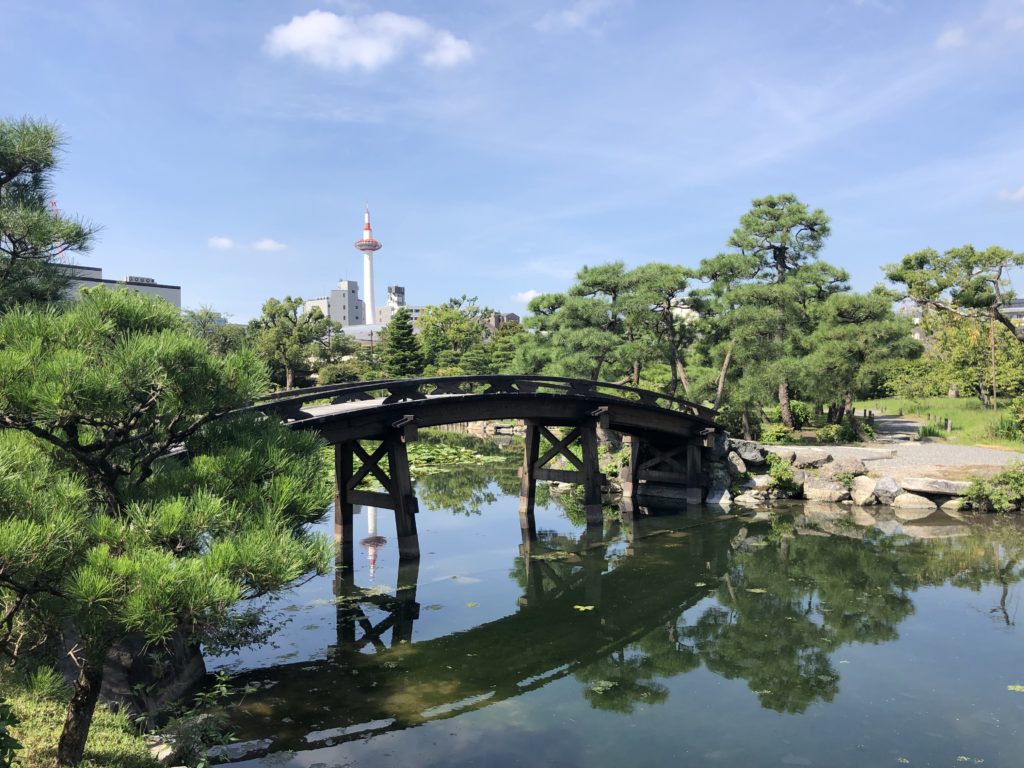
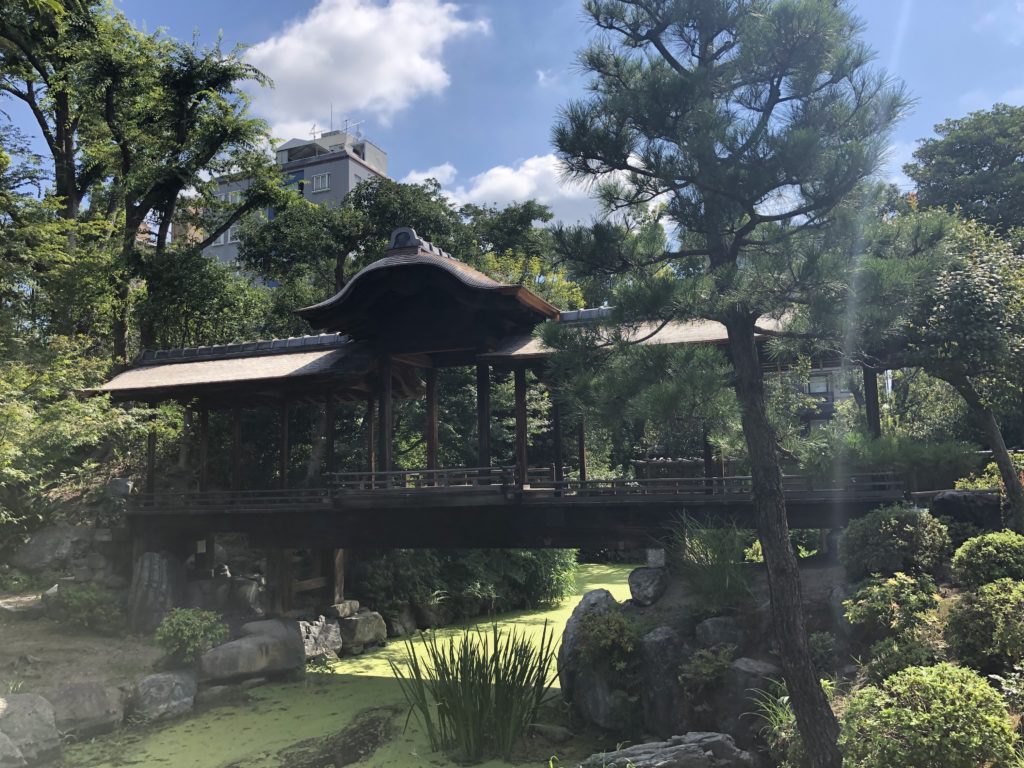
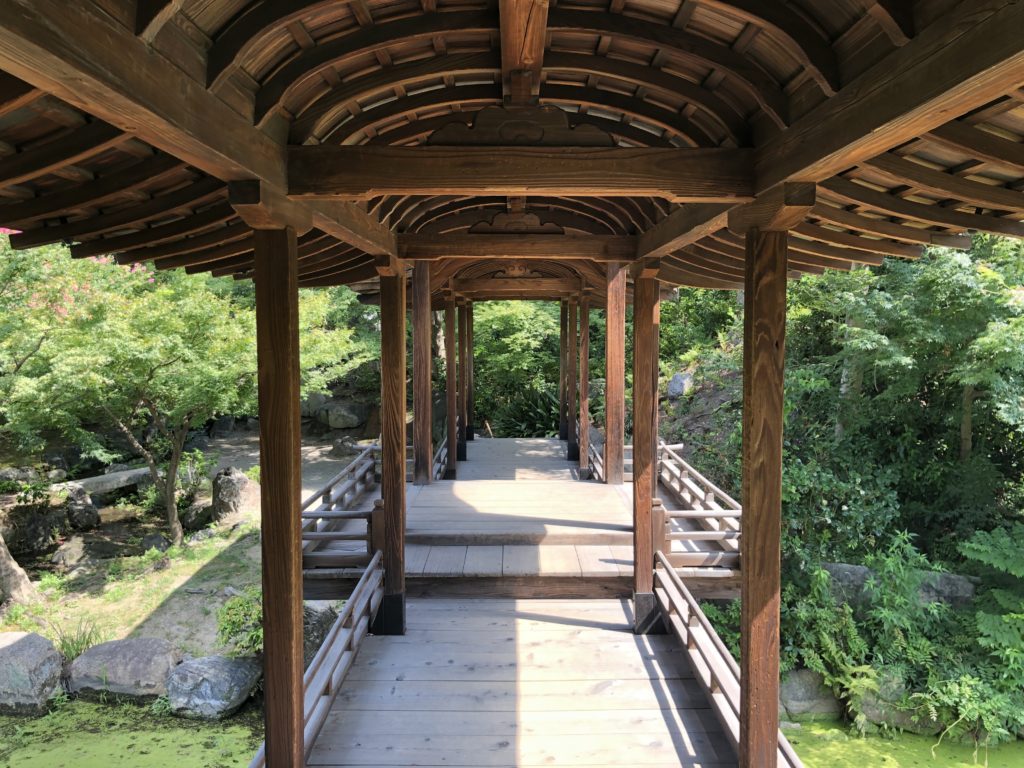
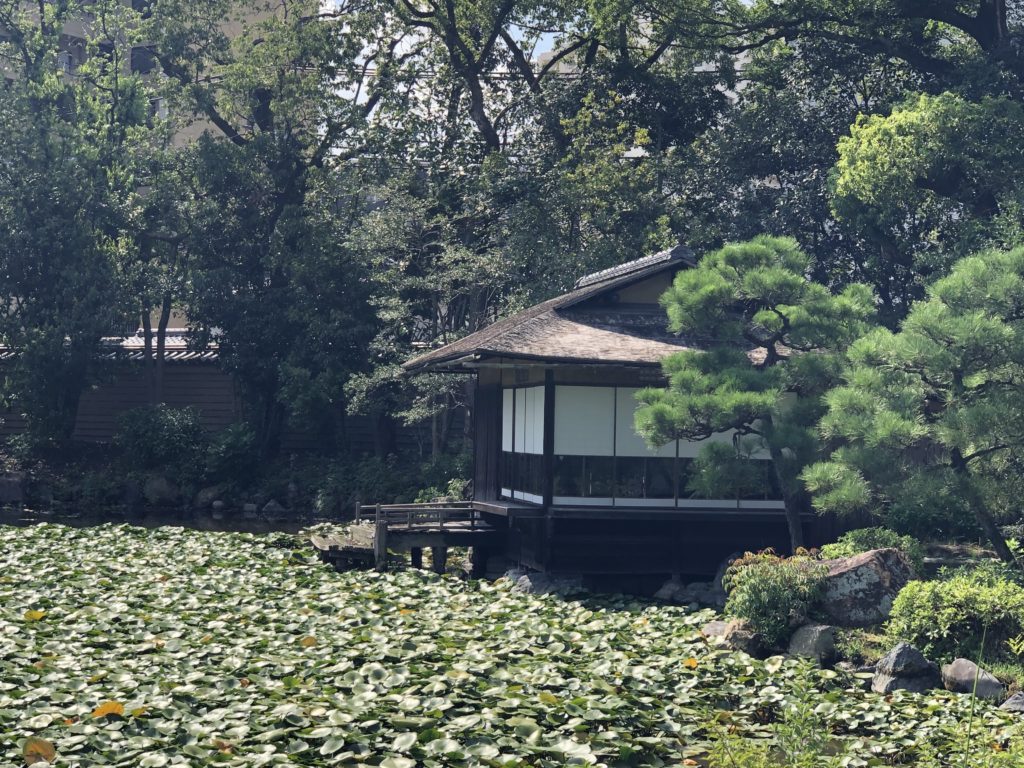
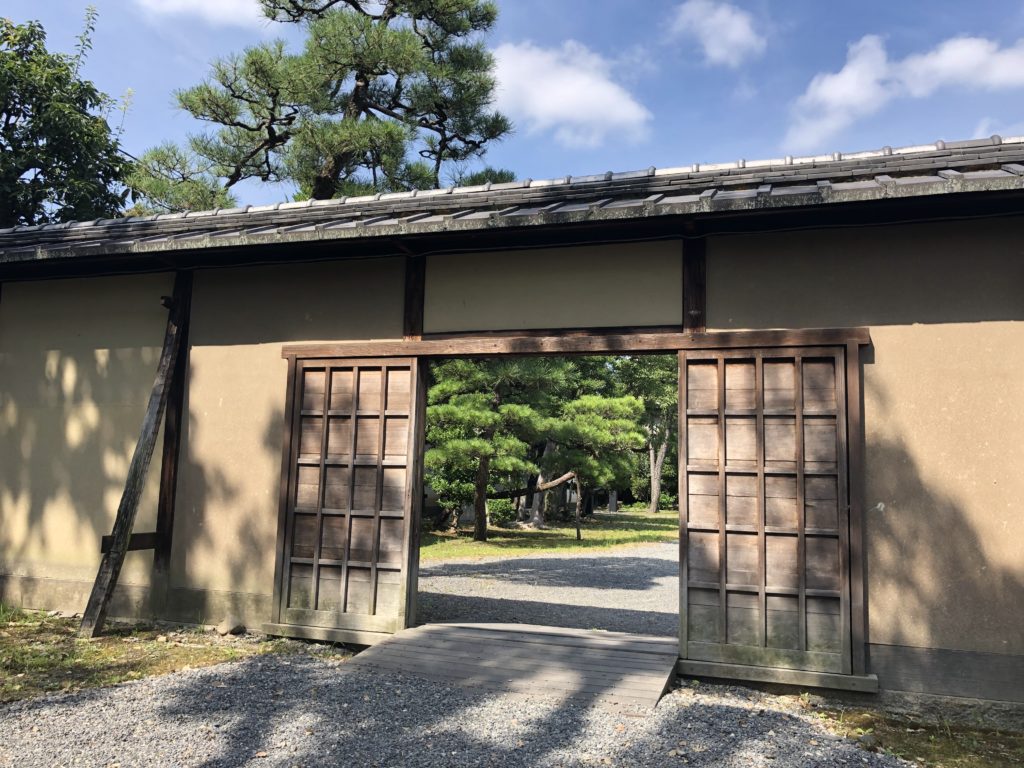
Our time in the fascinating city of Kyoto had come to an end. Having extensively explored Japan’s cultural heart and its long-time imperial capital, we made the decision to go even further back in time and visit Japan’s older capital city of Nara.

